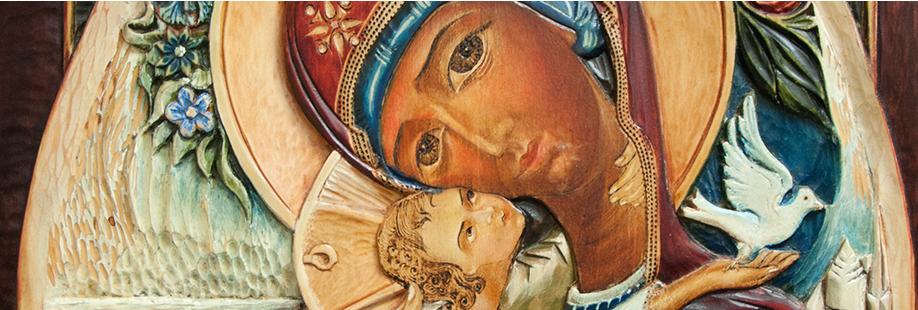
World Nativity Traditions
Preview

Creation Date
Unknown
Medium
wood, glass, cloth
Exhibition Label
The colorful animals and the painted house illustrate Ndebele (Nguni people of South Africa) culture and design. The strong and vivid geometric patterns have symbolic meaning. They are used as code to express values, prayers, and emotions typical to the Ndebele people. The origin of this secret symbolic language lies in the conflict between Ndebele and Boer farmers in the late 19th century. Harsh life and suffering, as well as horrible punishment led to this form of secret communication among tribal groups. The two midwives in this setting emphasize the fact that Ndebele women carry on and watch over tradition. They are the main developers of Ndebele design of painted houses and complex beadwork. Like painted houses, Christmas is a code for those who cherish and share the message of God's loving presence for this world.
Description
12 piece nativity set depicting the Holy Family, 2 midwives, 3 angels, 2 giraffes, elephant and zebra. The figures are carved from wood and covered with webbed beading and fabric. Exhibition label originally written by Father Johann G. Roten, S.M. for exhibition entitled "African Symphony" held at Roesch Library, University of Dayton.
Rights
This material may be protected by U.S. (Title 17, U.S. Code) and/or international copyright law. The material is available for personal, educational, and scholarly use. It is the responsibility of the researcher to locate and obtain permission from the copyright owner(s) or heirs for any other use, such as reproduction and publication.
Keywords
crèches, nativity scenes, nativities, At the Manger, figurines, Jesus Christ, wood carvings, wood sculpture, beadwork


